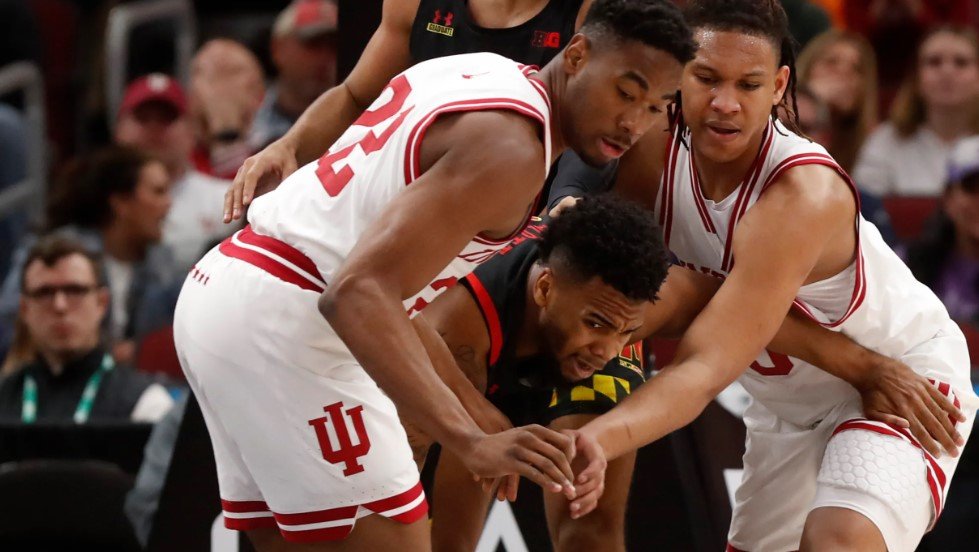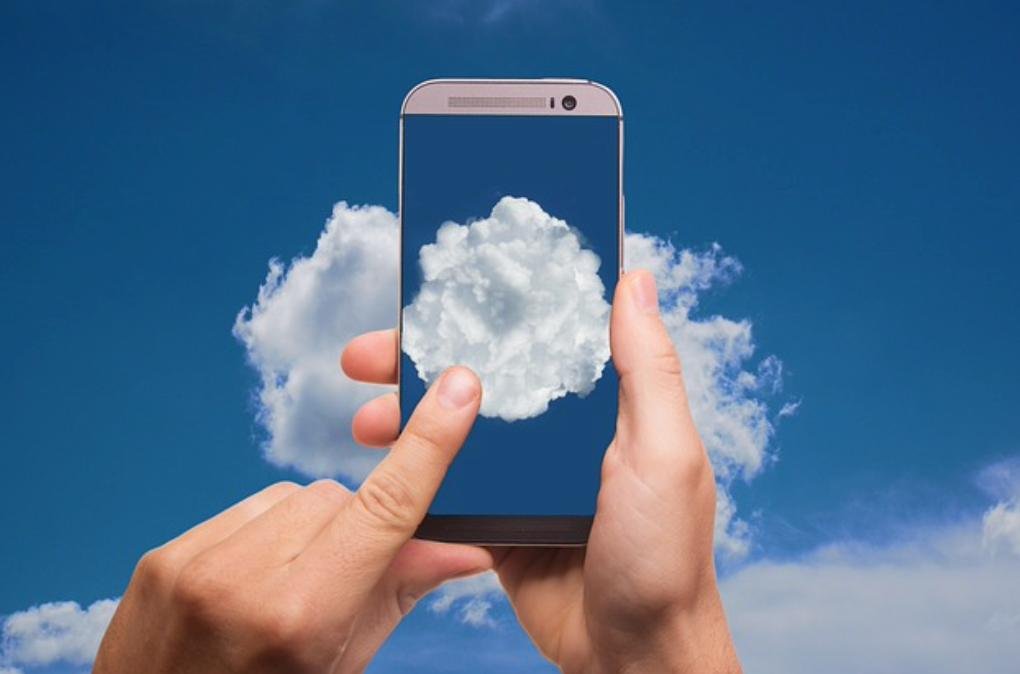The idea of having global telephone coverage through satellite back in 1998 was a huge leap for technology at that time. Iridium, the company behind this service, promised the world with complete coverage where there were no cell towers present. The company declared that every inch of the earth would be connected by its services as long as people had handsets. However, less than a year later, Iridium announced bankruptcy as the market had not materialized. The subscribers who had signed up for the service found themselves having to pay $3,000 for a handset that often did not work indoors or under the dense foliage. Consequently, the company failed with the promise of a complete and comprehensive service.
Now, 24 years later, with 450 million people still living in areas without mobile broadband coverage, the industry is ready to try again with satellite to smartphone communication.
New Players in the Market
The market for direct to device communication is attracting new players. Tech juggernaut Apple has partnered with Globalstar, a satellite company, to provide free SOS messaging on its iPhone 14. Starlink, Elon Musk’s high-speed internet service provider, has already started testing satellite to cellular services with T-Mobile this year. Iridium is partnering with Qualcomm, the semiconductor giant, to allow not only Android smartphones but also laptops, tablets, and even cars to connect directly to its satellites. ViaSat, after its acquisition of Inmarsat, is also planning to enter the market.
However, new entrants such as Lynk and AST SpaceMobile are building multibillion-dollar satellite constellations to provide voice, text, and data directly to smartphones.

The Largest Opportunity to Deliver Direct to Device Communication
The so-called “direct to device” market is set to be massive. Lynk predicts it could be worth as much as $400bn, including people living in covered areas who want guarantees for when they travel and those living without coverage. NSR, a space industry consultancy, describes this market as “the largest opportunity in Satcom’s history.” The Challenges and Limitations of Satellite to Smartphone Communication
Despite the hype and optimism surrounding direct to device communication, many people are questioning the practicality of such an initiative. Tim Farrar, founder of satellite consultancy TMF Associates, warns that direct to device communication is not like the terrestrial one. Communicating with satellites hundreds of kilometers above the earth would mean that most services would struggle to operate indoors. Also, data transfer speeds would be slower, and performance would vary depending on the orientation of the phone. Handsets would still need a clear line of sight to the satellites, which could limit the services’ usefulness in certain areas.
Additionally, there are still substantial hurdles to overcome, such as the scarcity of spectrum on which to transmit, and uncertain regulation. For example, German regulators have reportedly told AST it will have to shut off its signal when it risks interfering with terrestrial networks in Germany. This effectively bars AST from much of Europe.
The Potential Market and Consumers’ Reaction
The question of what consumers will pay for this type of service or how many will use it remains unanswered. Anton Monk of ViaSat says the market will only scale “massively” once the bandwidth and number of devices supported by the technology improves “by an order of magnitude”. However, even then, the direct to device communication market would still be considered an “out of coverage market,” he added. Therefore, the market may still be limited, and investors may have to learn again the hard way about the potential market threats.
In conclusion, satellite to smartphone communication faces certain limitations and challenges that might affect its practicality and scalability. It may be too early to determine the market growth of direct to device communication, but the real opportunity lies in solving the critical issues it faces, such as data transfer speeds and global coverage. Ultimately, time and consumers will determine the success of any direct to device communication initiatives.


























